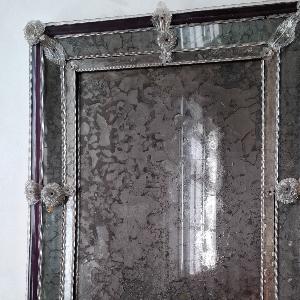The Mirror as Object, Image and Metaphor
Reflections on the Negotiation of Religion and Science

Reflections on the Negotiation of Religion and Science

In the seventeenth century, new production processes established the mirror as an object with both decorative and scientific functions. In the European history of religion, this now industrially produced object allows to analyse the complex interdependencies between religious and emerging scientific worldviews. The research project starts from this point by analysing selected title pages and frontispieces of treatises from important European sites of early modern knowledge production in the seventeenth century. In these images, mirrors are both religious symbols and scientific devices used to introduce visual theories, technical instruments and optical phenomena in the accompanying books. The study aims to analyse the interweaving of religious and scientific worldviews in these representations of the mirror. To this end, it combines theoretical approaches from Material and Visual Studies and links them with approaches from the Study of Religion and the History of Religion. An initial analysis of selected sources shows that scientific research in this period was by no means understood as an alternative to religious interpretations of the world, but rather that observations and discoveries of natural phenomena correlate with a reconfiguration of religious interpretations of the world, which are articulated as a tension between the sensually perceptible world and transcendent dimensions. In this early modern discourse, the mirror signalised the simultaneity of developments in scientific and religious worldviews. The research project aims to use the mirror motif to show how fundamental questions about the perception of the world and the role of humans in it were formulated in the negotiation between science and religion in this sensitive epoch of European religious and cultural history.